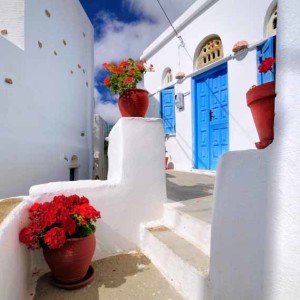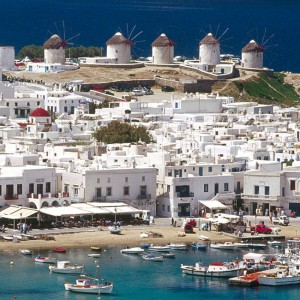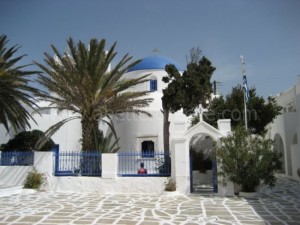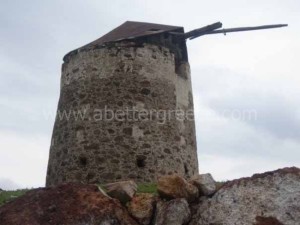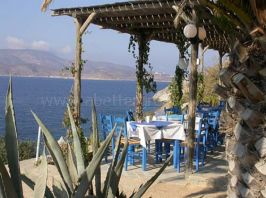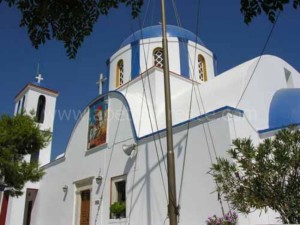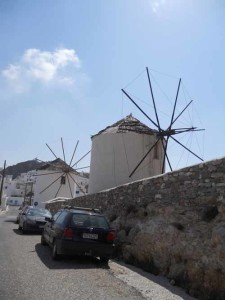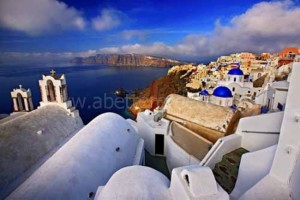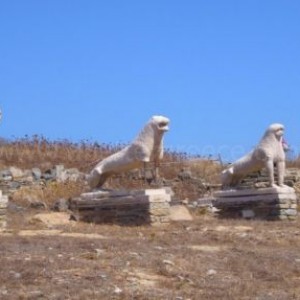The islands of the Cyclades are the type of islands that advertise the whole country of Greece in all kinds of travel brochures, on the internet and almost everywhere. Every cliche, every memory, every dream of a sun drenched beach can be realized here. The white cubed houses are justifiably famous, inspiring the work of many modern architects, Le Corbusier among them. The beaches are mostly clean and very good, the food fresh, fellow travelers companionable, and the ferry connections so organised it is easy to sail to more than one “paradise” while on a relatively short holiday. It is not surprising, then, that for many people the Cyclades are Greece; other island chains merely aberrations in national character.
There are 56 Cycladic islands in all, 24 of them inhabited. Their spiritual center might well be Santorini, for although flung to the south geographically, it is to this dramatic, volcano-created island that most people gravitate before venturing further.

